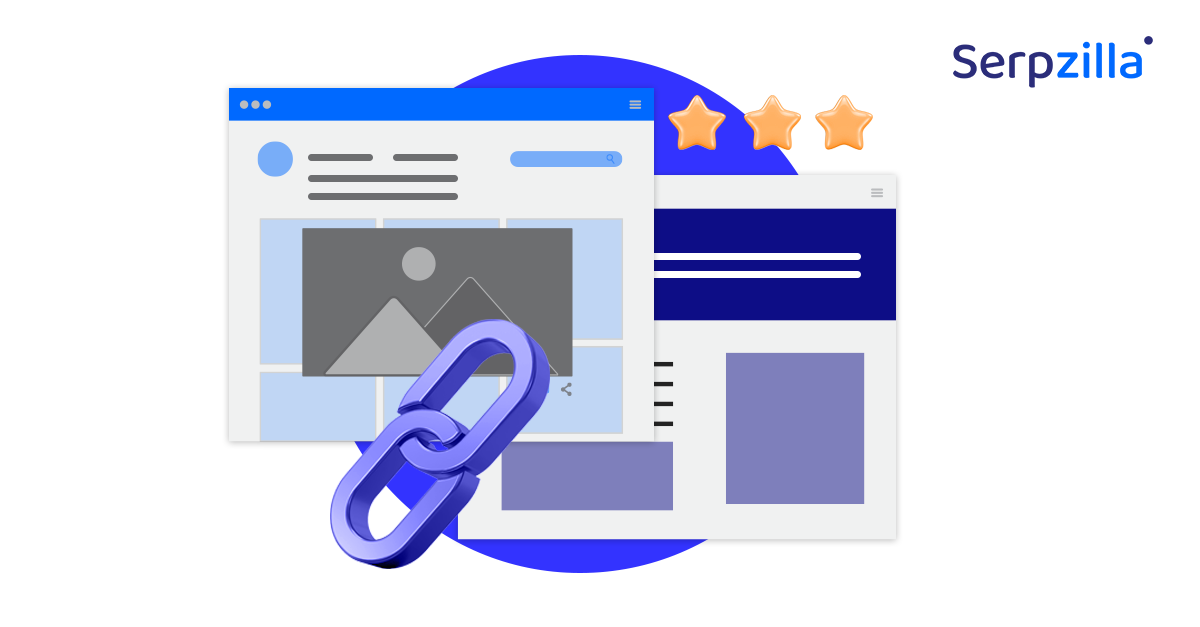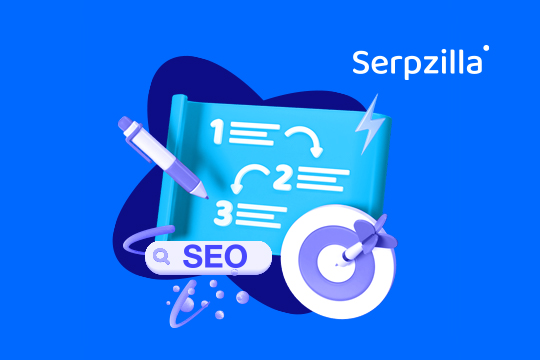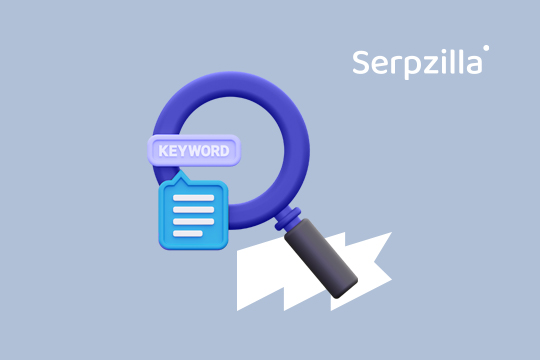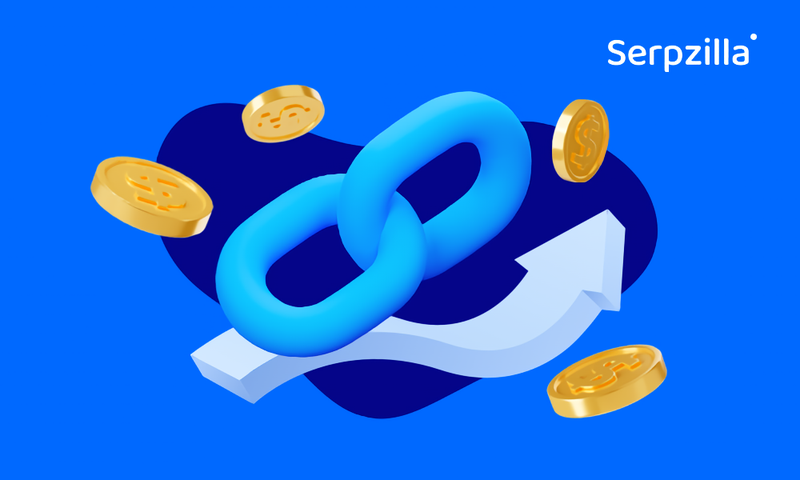With rising inflation the world over, advertising costs and competition are expanding like balloons while budgets are deflating just as quickly. Have you wondered how successful ecommerce businesses sail through the same and earn great profits?
Brands that develop and execute systematic SEO strategies can reach their true market potential organically.
Organic traffic is quite different from other marketing traffic sources since it drives free-of-cost site visitors who already have shown an intent to purchase (or at least check out) your products. Every visit counts for either a potential sale or brand exposure.
The US Department of Commerce pegged total ecommerce sales for Q3 of 2022 at a whopping $251 billion.
However, only those ecommerce businesses that receive higher visibility and CTRs on Google search results will benefit from such a significant profit boost.
Reaching the first page on Google is not enough; you need to push for first place. This needs a smart ecommerce SEO strategy.
What do you need to know about ecommerce SEO to increase your revenue and profits? Read on.
1. Aim for More Reviews
Nearly 90% of buyers believe internet reviews are as much as personal recommendations from friends or family; thus, a few reviews can significantly increase your conversion rate while also bringing in the “commercial intent” searches for your company. Make sure that your product reviews are “crawlable” and accessible to search engines.
Content-rich reviews keep traffic coming to your product pages and also keep them “fresh” in the eyes of Google. This improve the context crawlers need to understand what people are saying about your products and contributes that little bit to increasing SERP visibility.
Use a reliable review platform that allows you to add customers’ reviews directly into your product pages. This way, both search engines and people can see these recommendations and you don’t need to add structured data manually to optimize it.

2. Code in Dynamic Meta Descriptions
Finding a technique to produce captivating meta descriptions at scale might be difficult for ecommerce sites that provide thousands of products that are frequently replaced seasonally.
Some businesses spend time producing a unique description for each page, but if you’re a tiny firm or a huge department store retailer, that’s not practical.
Concatenation schemas are used by savvy ecommerce SEOs to automate the generation of meta descriptions while producing original content. This is a little piece of code that automatically generates pertinent descriptions according to a predefined set of rules.

For instance, ABC Studio, a reseller of cameras, could be required to observe the following rule:
BRAND sells PRODUCT NAME. All photographers and electronics lovers can find SUBCATEGORY and CATEGORY at BRAND.
The product description appears as follows while in use:
ABC Studio sells Canon EOS Rebel cameras. All photographers and electronics lovers can find DSLR Cameras and Digital Cameras at ABC Studio.
3. Write Unique Product Descriptions
Probably the most common ecommerce SEO advice, this remains important even today. Starting with the Panda algorithm update that Google launched more than a decade back to the most recent helpful content update, unique, high-quality content that is relevant to consumers is always a priority for Google. Punishing duplicate content that is simply scraped from other pages is also one of the side objectives Google has.
In a nutshell: Rewrite any duplicate product descriptions to you have. Never use manufacturers’ descriptions if you can help it.
If you have an apparently limitless list of product descriptions to write, you need to prioritize. Create content for your best-selling and highest-margin products first.
Use the manufacturer’s descriptions on those feeds if you sell your goods on other marketplaces like Amazon or eBay to prevent your original content from being spread throughout the internet. Your domain needs to get the biggest SEO and content benefits.
4. Weed Out Canonicalization
Unfortunately, it happens too frequently with ecommerce businesses—even large ones with ample resources—that they leave both their “www” and a “non-www” version active. As if that was not enough, they leave a developer or staging website open for crawling too! Big mistake.
Google considers these as duplicate and your pages will compete with one another in search results, cannibalizing each other and raising the possibility that you will be outranked by competitors who only have one page for a specific keyword goal.
When subdomains are not restricted by robots.txt files, kept behind password-protected log-in walls, or routed to the main www page, duplicate pages frequently result.
When duplicate pages are discovered, crawl budget and ranking equity is divided among them by the search engine, obviously. There are several actions you can take to determine whether your site, or a certain section of your site, has several versions indexed:
- Use a tool like Screaming Frog, DeepCrawl or Semrush to do an SEO audit of your site. These will frequently reveal duplications.
- Examine Google Analytics information for organic landing pages to check for the presence of undesirable subdomains.
- Quickly use advanced search modifiers to scan Google’s index of your website to list all indexed pages on it that are not under the www subdomain, such as “site:mysite.com -inurl:www.”
5. Put Site Performance First
Improve your bounce rates, time on site metrics, load times, and pages per visit with a particular emphasis since these factors will have a significant impact on your SEO traffic as well as the typical profit you make from each ecommerce session.
A Google study found that a boost of a tenth of a second in your mobile site’s loading speed can raise conversion rates by 8.4% in the retail sector and by 10.1% in the travel industry. This is how important loading speed is.
A page should load in under four seconds, according to Google’s recommended best practices. The quicker your website loads, the better. You absolutely must promptly detect and address any issues that cause your page to load slowly.

6. Limit Architecture Depth
Speaking of ecommerce architecture tactics, lowering the depth of your website’s hierarchical structure and information flow can improve the rankings of your key category and product pages.
In the world of ecommerce, architecture that seems to go deeper forever is not uncommon. Examples include:
Home > Category > Sub-Category > Audience Segment > Brand > Product Range > Models

Although this granular architecture may make sense for your items, it buries smaller brand or category pages because each time you add a new branch, you decrease the likelihood that Google’s crawler can get to that page frequently.
The value that Google assigns to each page is enhanced by a shallow or hybrid site architecture with the majority of pages located less than 3 clicks away from the homepage.
7. Do Away with Dead Ends
When a product is discontinued, do you put up a 404 error page on its URL? That indicates the page is no longer available. One of the biggest, yet common mistakes is to 404 an out-of-stock product page.
Unfortunately, ecommerce pages tend to accumulate too many links from both inside and outside the website over time. Too many broken links lead Googlebot on a wild goose chase.
You need to have a dynamic or rapidly implemented process to limit the number of indexed 404 pages. Here are some ideas:
- Noindex out-of-stock product pages that you want to keep.
- 302 redirect pages that you know will be back soon.
- 410 delete pages that you know are definitely not going to be back.
If a product isn’t available, immediately reroute consumers to the most applicable category or brand page so they can continue shopping.
8. Build Links to Your Best Pages
Once your content and editorial techniques are being implemented to perfection, building fresh links to an ecommerce brand can be a terrific strategy to advance SEO.
Link building today is not as easy as it used to be. Outreach efforts are frequently disregarded by merchants, brands and news media; nonetheless, links can be effective traffic generators that boost your ecommerce SEO KPIs.
There are a ton of different types of backlinks that ecommerce pages can amass – at least when they’re natural. These include links from discussion forums, comment sections, product reviews, partner or vendor sites, or new blogs in the niche.
The best ones, however, are when a mainstream media site, an industry influencer or an established blog in the niche talks about your brand or product.
Link quality prevails over link quantity in the current SEO landscape.
Use a tool such as Serpzilla to build the right mix of links to your pages.

You must create something worth linking to in order to develop natural, authoritative links. Whether it’s an infographic, an interactive page, or original research, it needs to offer correct advice or solutions to customer problems to live up to Google’s E-A-T standards.
To Wrap Up
These SEO tactics are evergreen wins for ecommerce websites. They’ll do you good well into 2025 and beyond. Any optimizations that result in higher visibility and better engagement will start a virtuous cycle of higher rankings and more real estate in the SERPs for you.
In SEO, it’s never too late to try what works and what doesn’t. Every little tweak or website optimization presents itself as a chance to dominate your competition by increasing your share of voice. Good luck!









